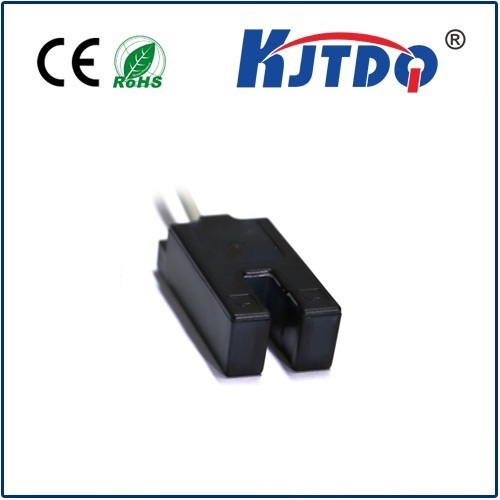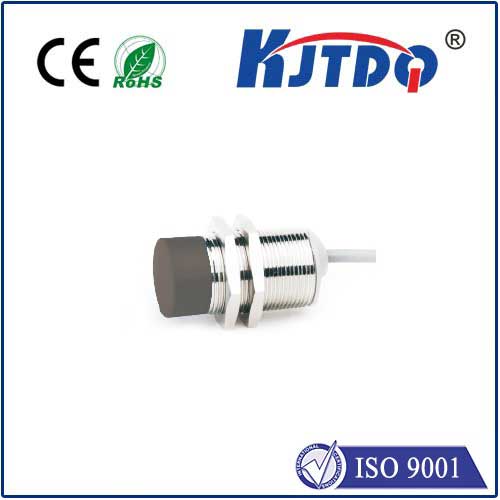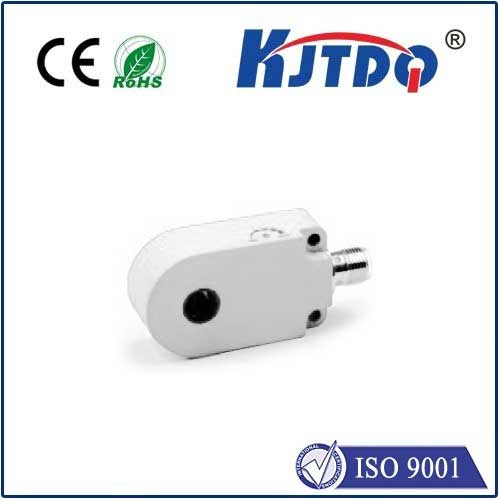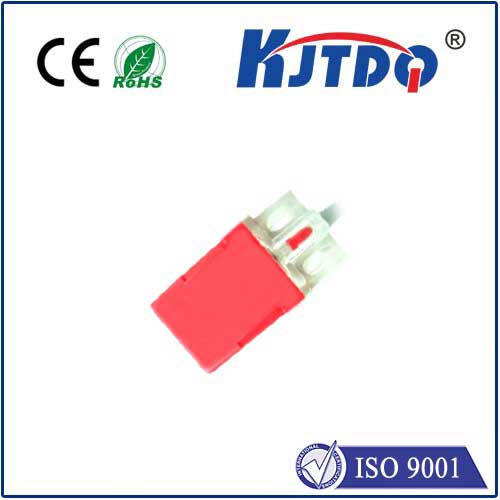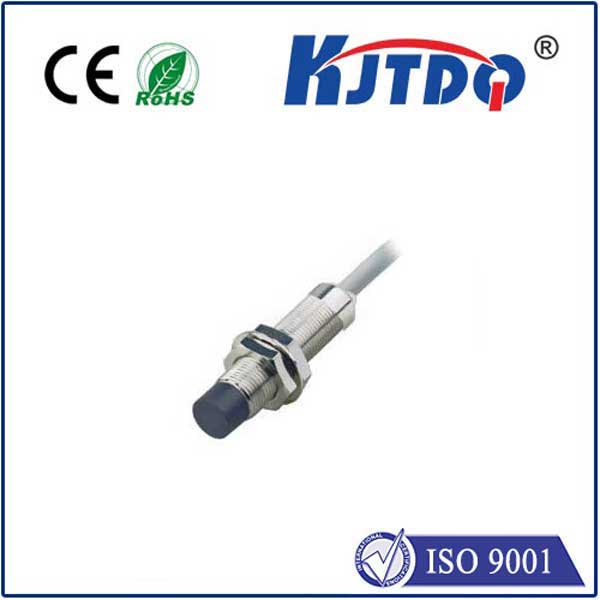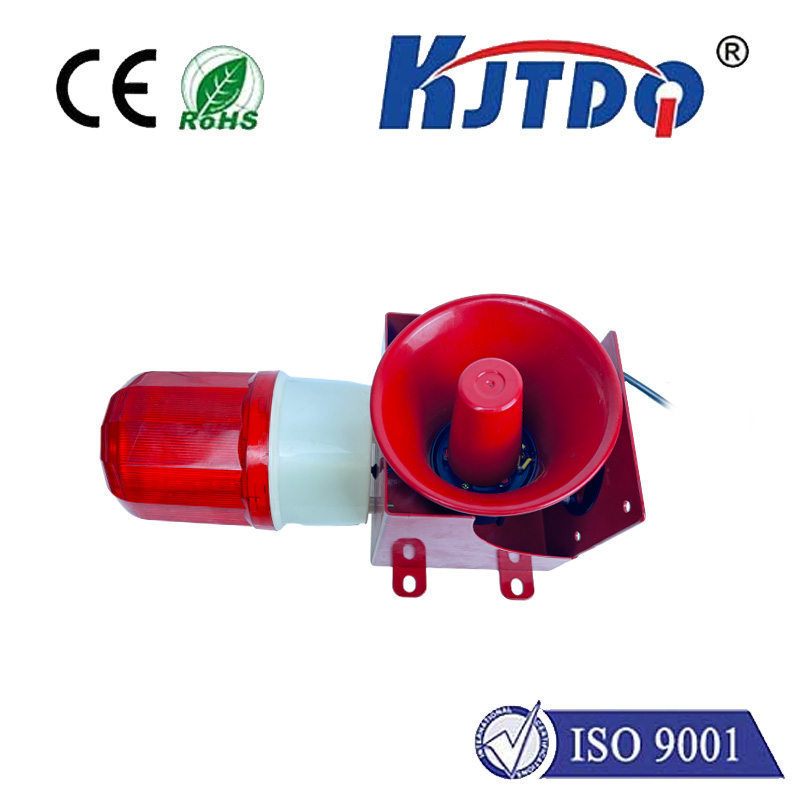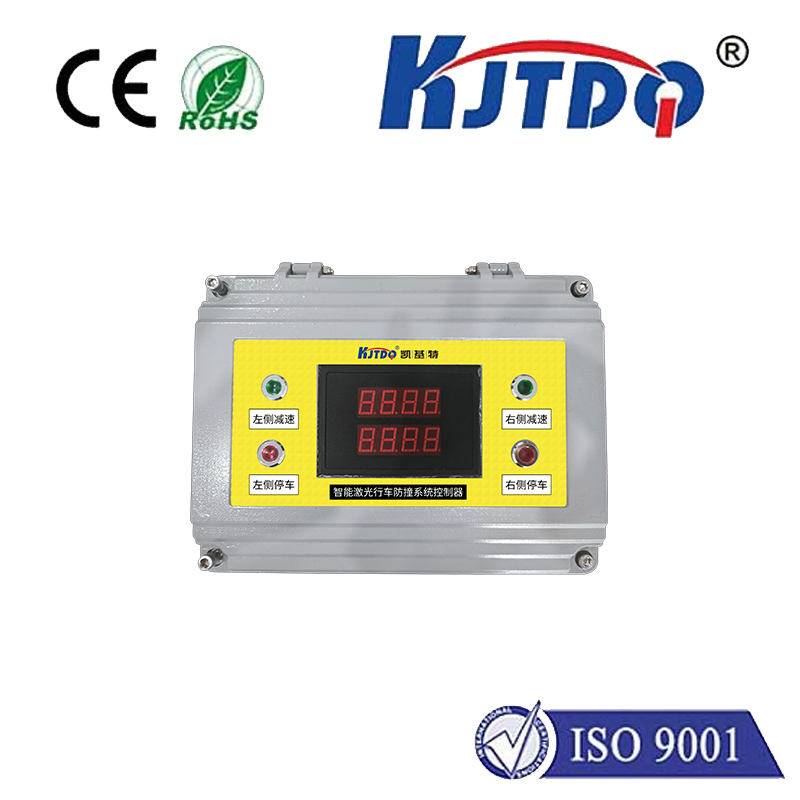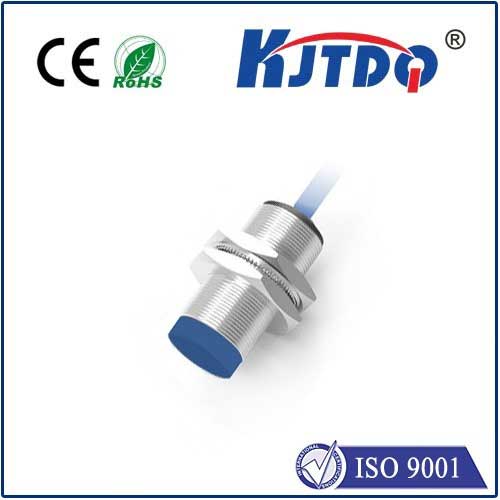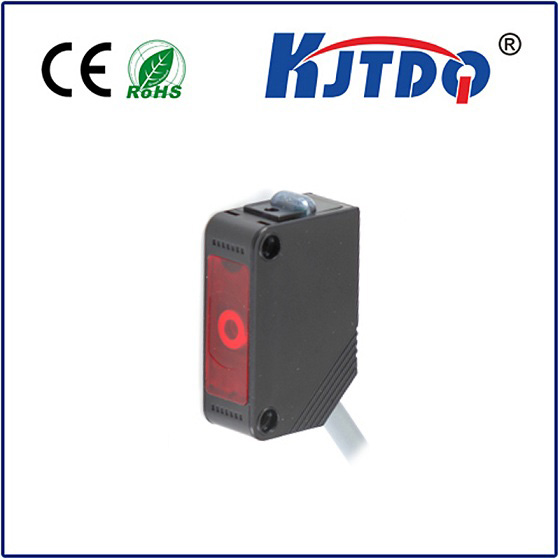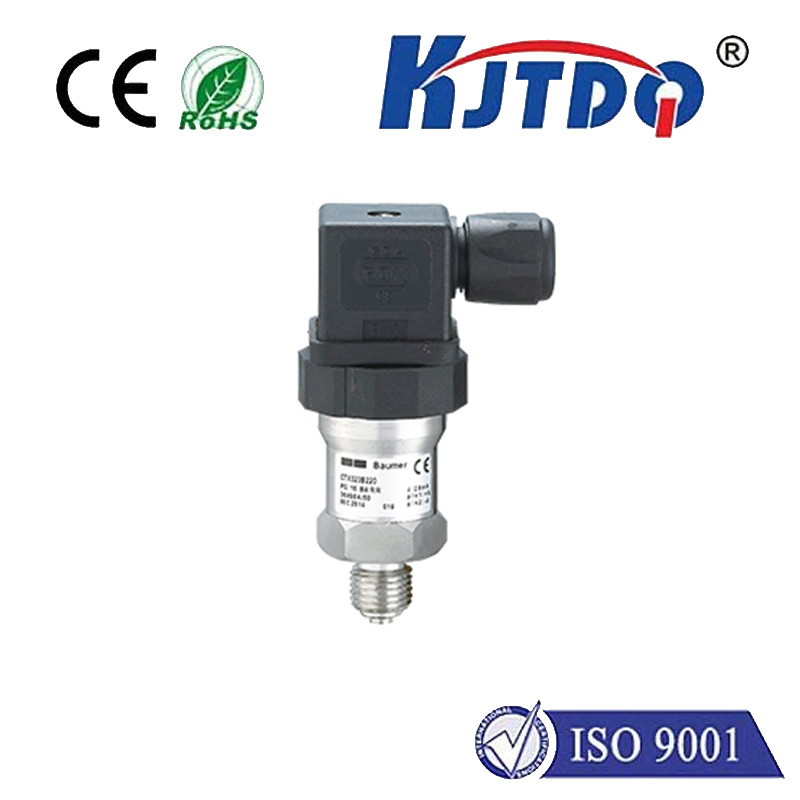
check

check

check

check
Proximity sensors are a type of sensor that detects the presence or absence of an object or person by measuring the distance between them and the sensor. They are commonly used in various applications, including home automation, automotive safety, industrial automation, and healthcare. In this article, we will discuss the functionality of ferrous proximity sensors, their potential in different industries, and how they contribute to improving safety and efficiency.
Functionality of Ferrous Proximity Sensors
Ferrous proximity sensors use infrared (IR) or ultrasonic technology to detect the presence of iron or other ferromagnetic objects. They work on the principle of electromagnetic induction, where a changing magnetic field induces an electric current in a nearby coil. When an object approaches the sensor, it disturbs the magnetic field, causing the sensor to trigger an interrupt signal. This interruption allows the controller to take appropriate action, such as turning on a light or starting a motor.
Potential in Different Industries
In the home automation industry, ferrous proximity sensors are commonly used to control lighting, heating, and security systems. For example, when a person enters a room, the sensor detects their presence and turns on the lights or adjusts the temperature accordingly. In the automotive industry, ferrous proximity sensors are employed in safety features such as parking aid systems, collision warnings, and lane departure warning systems. They help drivers avoid accidents by providing timely alerts when they approach obstacles or pedestrians.
Industrial Automation
In industrial settings, ferrous proximity sensors are used to monitor machinery and equipment for malfunctions or abnormal operations. By detecting the presence of ferromagnetic objects near the machinery, these sensors can prevent damage to expensive components and improve overall system performance. They also play a crucial role in maintaining workplace safety by alerting operators to potential hazards before they occur.
Healthcare
In healthcare facilities, ferrous proximity sensors are utilized for various purposes such as monitoring patient vital signs, counting steps during physical therapy, and detecting medical devices such as pacemakers or insulin pumps. These sensors provide accurate and reliable data that helps healthcare professionals make informed decisions and improve patient care.
Conclusion
The increasing demand for smarter and more efficient technologies has led to the development of advanced ferrous proximity sensors. These sensors have proven to be useful in various industries by providing real-time information and improving safety and productivity. As technology continues to evolve, it is expected that ferrous proximity sensors will become even more versatile and indispensable in our daily lives.
